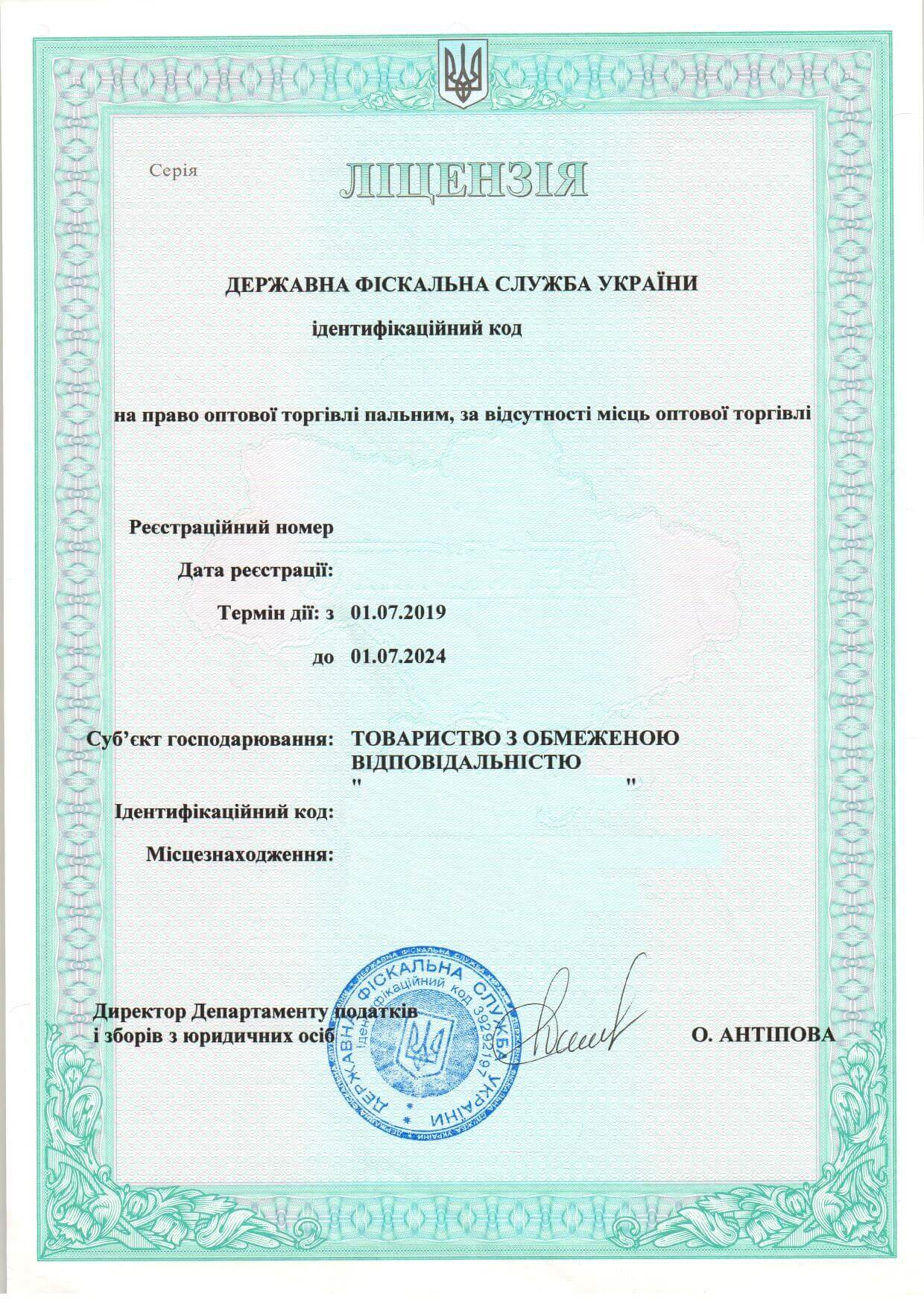Flow meters and level gauges: the necessity of installation and registration process

The creation of a petroleum product market implies the introduction of a new control and accounting system. The obligation to install measuring equipment (level gauges and flow meters) and the further transfer of data from them to the SFS (State Fiscal Service) with the use of specially developed software is provided for by the innovations in legislation.
Such a state of affairs is closely related to the Electronic Fuel Sales Management System (EFSMS register) because its indicators should be compared with excise invoices and checked by tax authorities.
This material will be useful for agricultural enterprises, gas stations and any legal entities or sole traders who carry out activities with petroleum products. We will tell you everything you need to know about flow meters and level gauges, as well as the process of installing these
What we do: License for retail / wholesale trade in petroleum products, their production, and storage
Where should flow meters or level meters be installed?
- Excise warehouses - premises or territory where any physical actions with fuel are carried out: its dispense, processing or sale. Both flow meters and level gauges must be installed.
- Gas station: at each place where fuel is sold by way of dispense, it is necessary to install a flow meter. And on the tank that is used to store fuel a level gauge must be put in place.
- In those places where the complete processing of petroleum products is carried out, by removing or adding chemical elements, flow meters must be installed.
Important! A separate question arises when fuel dispensers are in place. The fact is that all fuel dispensers must receive a conformity assessment or pass inspection, then they themselves will be considered as flow meters because they will perform a similar function.
Where it is not necessary to install the specified devices?
There are several exceptions when there is no need to install flow meters or level gauges.
So, the excise warehouses, where fuel is produced or sold without changing its composition or packaging, are equipped with flow meters or level gauges.
Also, such devices do not need to be installed if your premises do not fall under the category of an excise warehouse, for example:
- The total capacity of the tanks is not more than 200 cubic meters, but you received no more than 1000 cubic meters per calendar year and use oil products exclusively for your own consumption or processing.
- You receive no more than 10,000 cubic meters per year and use fuel exclusively for your own consumption.
Are there mandatory deadlines for installing flow meters and level gauges?
The regulatory authorities determined the deadlines for the installation and registration of measuring equipment:
- a warehouse with a capacity of more than 20,000 cubic meters - until July 1, 2019;
- a warehouse with a capacity of more than 1,000 cubic meters, but less than 20,000 cubic meters - until October 1, 2019;
- a warehouse with a capacity of less than 1000 cubic meters - until January 1, 2020.
- Enterprises that process petroleum products must install devices before January 1, 2020.
What are the requirements for the equipment itself?
- Before installing flow meters/tanks, they must undergo inspection or conformity assessment.
- Conformity of the level gauges is confirmed in the form of inspection, conformity assessment or calibration, which must also be carried out before the equipment is installed.
If you installed the measuring equipment but did not carry out the necessary examinations and tests, it will be considered such that it is not installed.
What data should flow meters and level gauges transmit?
Every business day, excise warehouse owners must provide data on:
- the amount of fuel remaining at the beginning and end of the day;
- volumes of fuel sold and received.
Such data should be transmitted in accordance with each type of fuel, according to the classification codes of goods of foreign economic activity and in liters reduced to a temperature of 15 degrees.
Oil refineries transmit data only on the volume of fuel sold. Such information should be generated after the last operation per day.
What to do if flow meters and level gauges do not work?
If during operation the measuring equipment is out of order, it is necessary to carry out measurements mechanically, that is, using a measure of full capacity, a gauging rod, and a tape measure or a portable level gauge.
However, there are certain conditions regarding the use of such equipment:
- it must have positive inspection results;
- It must be used no more than 20 consecutive days (gas stations - 15 days) and no more than 4 times a year.
How are the data sent to the SFS?
The SFS should develop software and link it to the measuring equipment, after which the above data will be transmitted automatically every day, and in case of equipment failure, the person responsible for the excise warehouse will do it manually.
Today, this software is under development.
What should you do if the data of the Electronic Fuel Sales Management System (EFSMS register) do not coincide with the data of the measuring devices?
During the inspection by the regulatory authorities of the discrepancies between the actual data from the devices and the data submitted to the Electronic Fuel Sales Management System (EFSMS register), a difference of 2% to 15% is allowed, depending on the type of oil product and its physical and chemical characteristics.
Related article: Registration in EFSMS and URETI (Unified Register Of Excise Tax Invoices): what is it and why is it necessary?
Is liability foreseen for not installing flow meters and level gauges?
A fine has been established, the amount of which is the same for all business entities engaged in operations with petroleum products. It was established that for each non-equipped tank and place of fuel supply, you will be required to pay 20,000 hryvnias, and for another similar violation - another 50,000 hryvnias.
However, such fines come into force for various entities at different times:
- for the manager of an excise warehouse, with volumes of more than 20,000 cubic meters - from July 1, 2019;
- for the manager of an excise warehouse, with a volume of more than 1000 cubic meters, but less than 20,000 cubic meters - from October 1, 2019;
- for an excise warehouse manager with a volume of less than 1000 cubic meters - from January 1, 2020.
A penalty was also introduced for the failure to submit electronic documents in the amount of UAH 1000 for each copy, however, this norm will come into force only on January 1, 2020.
If you do not want to find yourselves in a situation where you have to pay fines for improperly installed equipment or mistakes made when registering with the appropriate institutions, our lawyers can offer you their services. We will help with the selection, purchase, inspection and installation of any measuring equipment at a gas station or an excise warehouse.
Our clients





